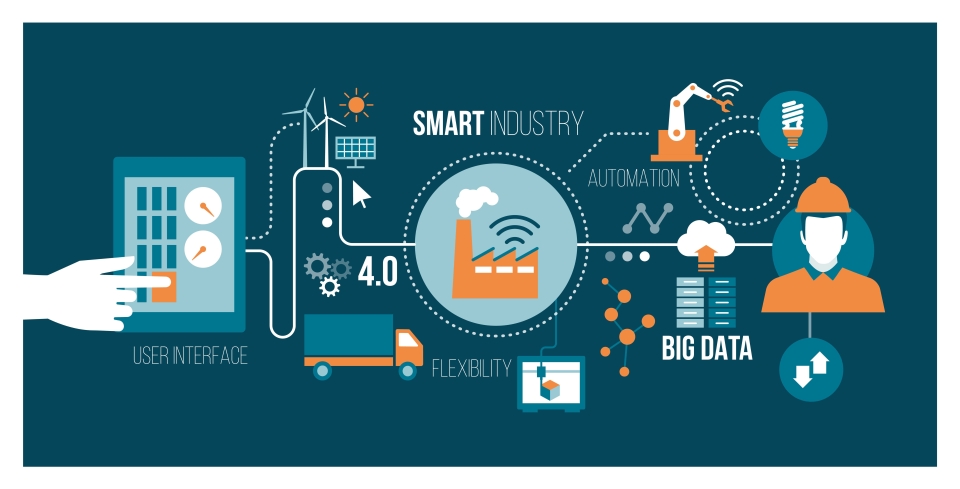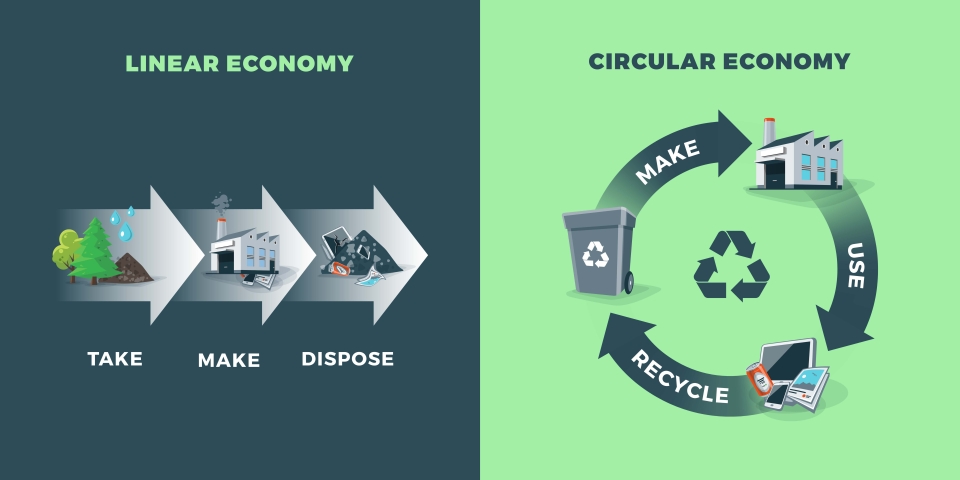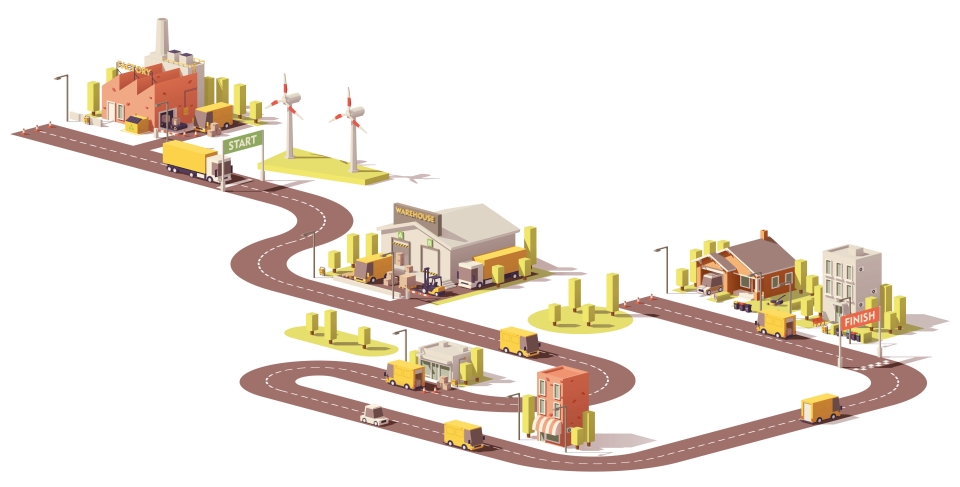Global and local trends fueling the machinery sector
2021/09/09 | By CENS
The current global situation has made it incredibly challenging for industries and businesses to maintain a competitive edge when prices are soaring and delivery times are unpredictable. In an interview with Industrial Technology Research Institute (ITRI) Industry, Science and Technology International Strategy Center (ISTI) deputy head Harrison Hsiung, he touched on evolving trends observed in pre-COVID times and in the present, including those found on the global and local scale. He also offered suggestions for Taiwanese companies to consider in these challenging times.
Pre-Covid and Current Trends
In terms of ongoing trends that maintained its progress, even under a pandemic that has caused unprecedented disruption, Hsiung named national policies, multinational trade systems, market demand, and supply chain operations as four areas that were accelerated after COVID-19 broke out.
The pandemic had ushered in a new sense of urgency in terms of bilateral relations between countries. For instance, relations were already difficult between China and the U.S. due to the trade war, however, the outbreak worsened the situation. Hsiung pointed out that even with traditional American allies, the European Union had adjusted its China policy from a proactive collaborative to a limited approach. The pursuit of a free market has led to outsourced production lines and supply chains, creating a just-in-time system vulnerable to disruptions like a global pandemic, prompting governments to consider industry development policies in a national security scope.
Global economies are thus reexamining and building trade relations, turning inward to rebuild domestic manufacturing capabilities. The global chip shortage, largely caused by revamped demand and finite supplying capacity, congested shipping ports, and container shortages were clear examples of how reliant countries are on exports. Products were not getting delivered to consumers and in the upstream, workers were losing jobs as factories closed due to shortages of parts.
On the consumer side, the pandemic has accelerated demand for medical personal protection equipment, at-home technology and products, transportation, remote working, and learning solutions. E-commerce also grew, with businesses choosing to invest even more in online marketing and e-commerce solutions, and grow their outreach amid social distancing and restrictions.
Industries have also renewed the importance of fortifying supply chains as global shortages worsened. The past focus on costs would gradually shift towards resiliency methods, such as diversifying manufacturing hubs by building per region versus concentration in one country. Factories investing in automated solutions have risen as well, where there is more importance placed on workplace safety, or as means to fulfill labor shortages.
However, Hsiung noted three trends that are persistent and growing before the COVID-19 pandemic hit last year, namely the changing population structure, ongoing advancements of technology, and the rise of environmental awareness. With climate change accelerating, the government and consumers are becoming more aware and selective of products that are green-focused and less damaging to the environment.
Global versus Domestic Changes
We also discussed trends outside the pandemic talking point, namely advancements Hsiung and the ISTI have observed on a global and domestic scale.
In terms of global trends, operational adjustments to the global and regional supply changes will move from globalization, China, to a more local scale. Companies around the world are already moving towards not just prioritizing costs, but also maintaining product consistency, production, and operational flexibility.
Technological advancement in the manufacturing industrial industry has become crucial for a company's success, Hsiung said. Industry 4.0 has had a decade to develop, regardless of successful or failed experiments, which cumulated in the accelerated digital transformation and sustainable economic trends in the past two years. For instance, ISTI's analysis of the “lighthouses of manufacturing” initiative, a joint project by McKinsey and the World Economic Forum, showed that as long as companies had a clear roadmap and suitable measures, Industry 4.0 and digital transformation efforts more often than not, bring comparable results.
Another widely-discussed topic is the net-zero emissions and carbon border tax scheme. On July 14, the European Commission adopted a proposal for a new Carbon Border Adjustment Mechanism. Carbon prices will be placed on imports of a targeted selection of products to ensure that carbon leakage does not occur and lead to carbon-extensive production being pushed to other countries.

Hsiung said along with the EU's carbon border tax, many countries are rolling out their own net-zero schemes to fulfill before 2050. International corporations are facing real-time pressure to decrease greenhouse gas emissions, prompting the development and implementation of necessary smart technologies to increase the efficiency of resources.
On the other hand, the U.S.-China trade war and also the pandemic had accelerated Taiwanese businesses from abroad to return to the island. Hsiung said the phenomenon is primarily fueled by returning machinery factories, which were reported to be more willing to invest in improving their overall production capacity with smart technology and automation due to Taiwan's aging population, low birth rate, and low willingness to work in the industry.
How Taiwanese Businesses Can Move Ahead
Taiwanese businesses often have an advantage in the global supply chain thanks to their flexibility in operations and production, Hsiung said, traits that are seen across different industries. Apart from using smart technology to improve internal operations, Taiwanese companies can consider employing these resources for better transparency and collaboration between partners from upstream to downstream.
In the machinery industry, Hsiung named three challenges that suppliers should consider to bolster their competitiveness on the global stage. The first is introducing a renewed focus on innovating new products and services. He said that domestic suppliers often do business with trade companies, however, it would mean that they would also have more difficulties understanding the client-side of demands due to fewer interactions. Another reason is that suppliers would look at what other competitors are doing and roll out something similar. Hsiung urged that companies should consider taking initiatives that would enable them to interact more with their end customers.
Taiwanese companies can look to their global counterparts, Hsiung suggested. For instance, the concept of subscription-type services, such as streaming platforms, is also being piloted in the manufacturing sector. Clients wouldn't need to buy new equipment outright and can have the companies set up the equipment in their factories through a pay-to-use mechanism. Hsiung admitted that this subscription method would depend on trust between the customer and company side, but on the other hand, suppliers would be able to engage in customer usage data and build a better understanding of their customers and potential services.
The second is how suppliers can look to improving their product added value by engaging in emerging technologies and markets. For instance, Hsiung said auto parts makers could look to reducing weight technologies for electric vehicles. Adding to the first point, machinery suppliers could look to engaging more with suppliers from different areas of the production chain to better understand their customers.
The third is looking to building ecosystems to assist suppliers' development in improving added value to their products. Smart machinery solutions are no longer just investing in machinery equipment, Hsiung pointed out that other technologies, ranging from data-based solutions, network communications, and such are critical to developing smart machinery solutions.





